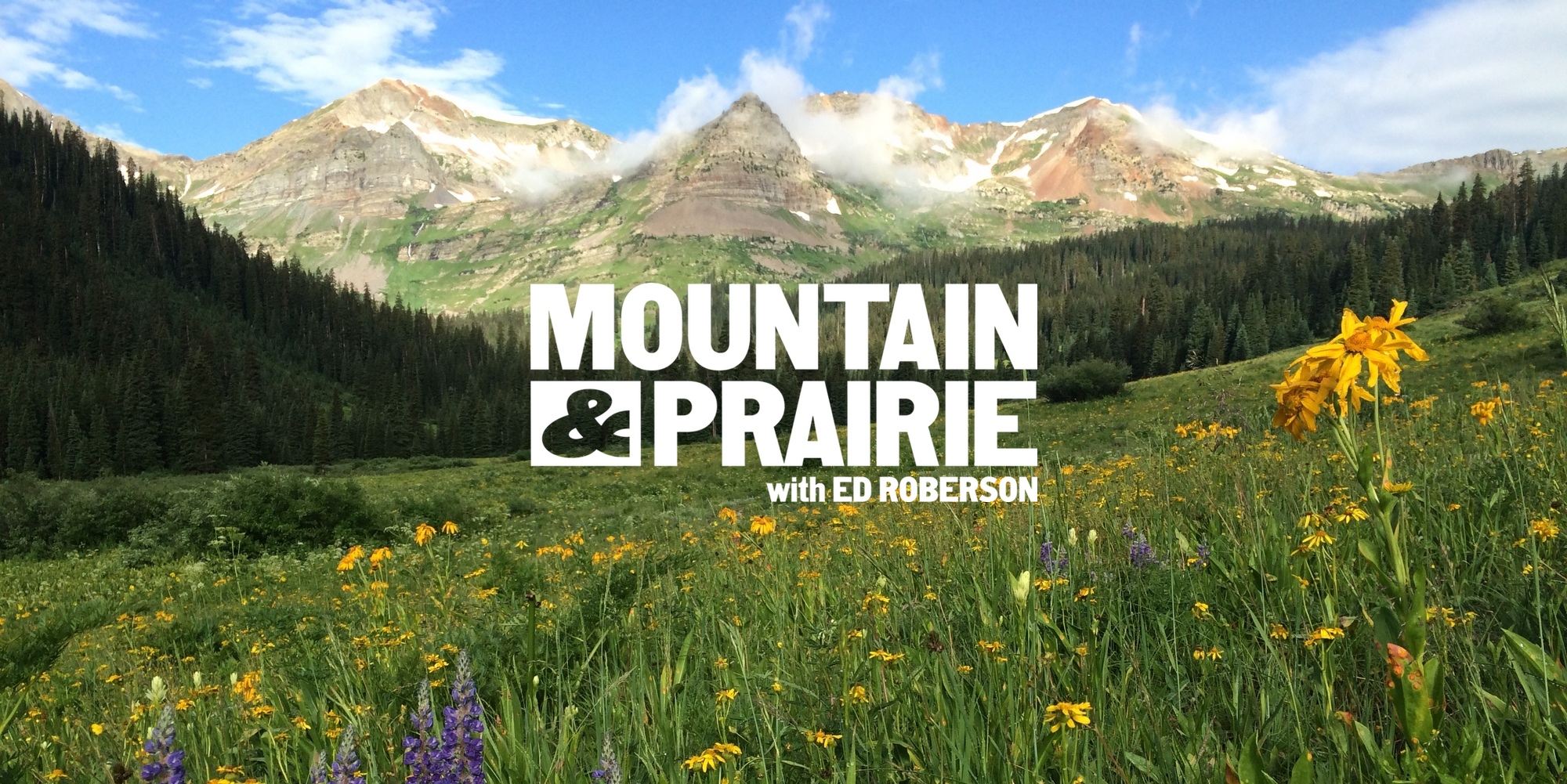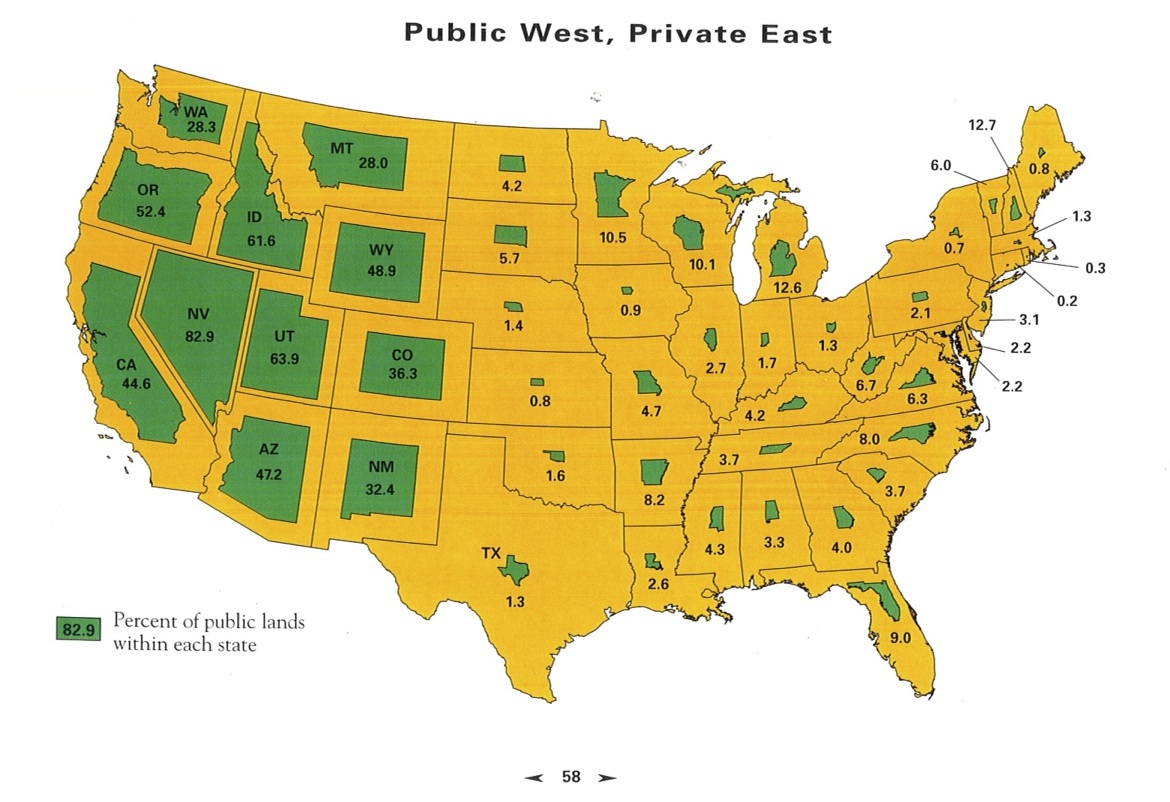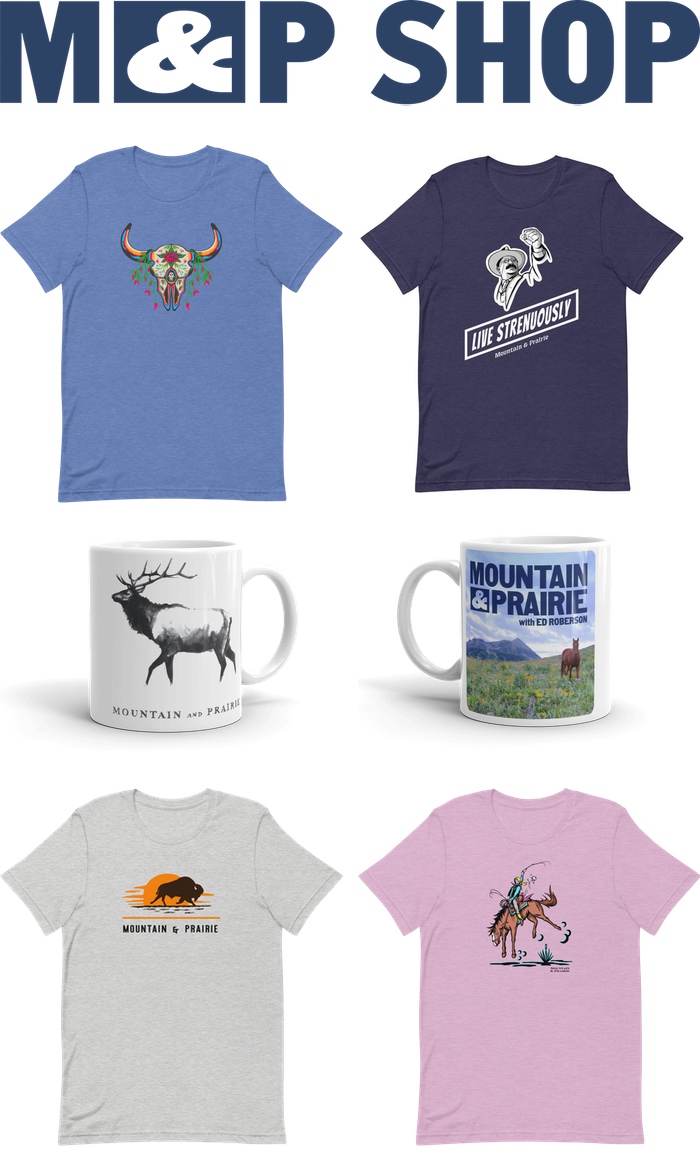Book Review – “Meat Eater” by Steven Rinella
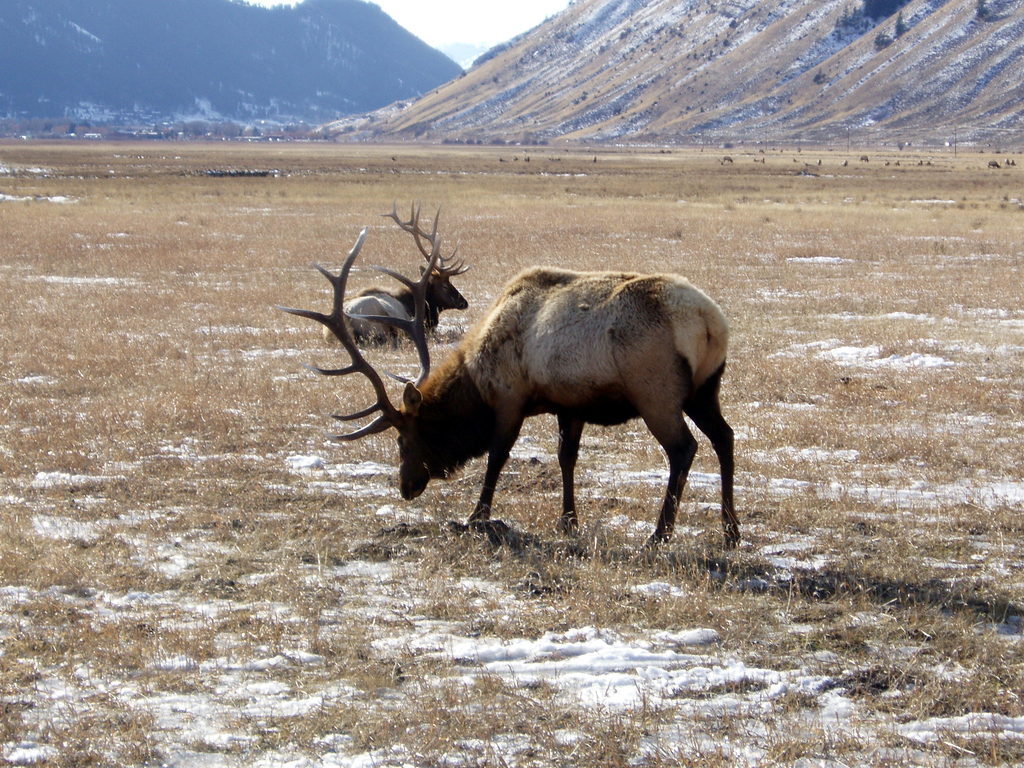
Growing up in North Carolina, I was never drawn to the idea of deer hunting. As a young kid, it all seemed pretty boring – get up before sunrise, sit still in a cold tree stand for hours on end, (hopefully) shoot a deer, throw it in the back of a truck and drive home. Not particularly adventurous or challenging, especially when you consider the ridiculous numbers of whitetails in eastern North Carolina.
As a boy, I was in perpetual motion and chose to spend my non-school time participating in more “interesting” activities – chopping trees, building trails, and exploring the woods behind my neighborhood, fly fishing for Tar River bluegill and bass (while avoiding copperheads), and becoming proficient at rappelling out of my 2nd story bedroom window.
The adventures intensified through my teens and into my early twenties – a college semester spent mountaineering in the North Cascades, a climbing trip to Argentina’s Andes Mountains, pushing myself through long distance triathlons. Through those years, I always enjoyed fishing and bird hunting, but never really considered them to be truly adventurous, challenging, or hardcore.*
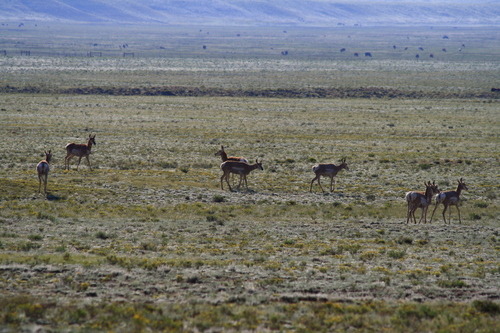
When I moved to Wyoming in September 2005, my perspective on hunting quickly changed. All of the guys I worked with were devoted elk and mule deer hunters, and, when I arrived, bow season was in full swing. The elk were in full rut and at dusk I could hear them bugling up in the hills above town. My coworkers told stories of hiking off-trail for hours – sometimes days – on end, up and over “hills” that were thousands of feet taller than the east coast’s biggest mountain. If they did actually bag an elk, which was by no means guaranteed, they would work quickly to field dress the animal and pack it out on their backs, all while trying to avoid grizzly bears that loved the smell of fresh blood.
I quickly realized that big game hunting in the Rockies was a completely different pursuit than the limited version of hunting that I had in my head. After hearing those guys’ stories, my climbing, hiking, and endurance feats seemed not just tame, but, to use a T.R. term, downright “unmanly.” Sure, I climbed the highest peak in the western hemisphere… but I sure as hell didn’t have a grizzly stalking me as I descended from the summit.
——
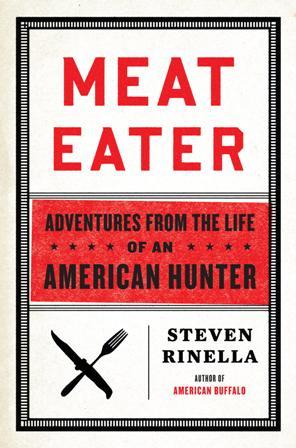
If I had a time machine, I’d set the Flux Capacitor to 1987, hammer the accelerator to 88 mph, and take a copy of Stephen Rinella’s newest book Meat Eater back to my younger self. After reading his tales of hunting deer in the Missouri Breaks, stalking Dall sheep in Alaska, bonefishing in Mexico and tracking mountain lions in Arizona, the younger me would never make the mistake of calling any form of hunting (or fishing or trapping) boring.
The book, subtitled “Adventures from the Life of an American Hunter,” is just that – Rinella’s autobiographical accounts of some of his most exciting adventures hunting, fishing, and exploring everywhere from the Rockies to Southeast Asia. It follows his life growing up hunting and trapping in Michigan to some of his wildest and toughest adventures pursuing game around world.
But adventure books are a dime a dozen. What makes this book special is Rinella’s insights on the hunting lifestyle – the historical context of hunting as it relates to the settling and expansion of the United States, his ethical failings as a young hunter, and how hunting (or lack of hunting) is affecting our society. Rinella has the unique the talent of delving deep into the philosophical side of a subject without coming off as some kind of dreamy, head-in-the-clouds philosopher.
I’m not enough of a talented writer to give the book its due, but this review from the Wall Street Journal does the trick.
If you like adventure, history, and smart writing, I encourage you to check out this book. And when you’re done, read his other book, American Buffalo (I mentioned it in a previous post). You don’t have to be a hardcore hunter to enjoy and learn from Meat Eater. In fact, I think open-minded non-hunters may enjoy and benefit from this book more than any other group of readers.
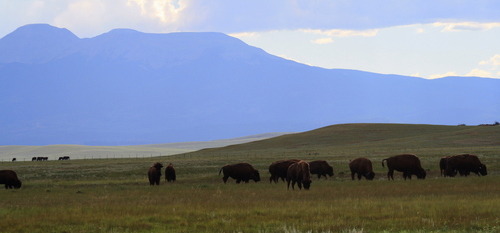
——-
(*The most memorable hunting adventure I ever had was not a result of the wild animal or severe weather, but a result of the crazy-ass people involved. It’s a long story, but the basic gist is that I worked for 3 weeks at a duck hunting camp in the bayou of SW Louisiana. I lived in a trailer with a bunch of Cajun dudes, one of whom would keep a zip lock bag of fried chicken under his pillow, and would gnaw at greasy drumsticks until he fell asleep. Every night, just after collapsing in his bed and just before the gnawing began, he’d say, “Eddie, this is where I do my best work.” Another one of my roommates jumped out of a moving jonboat and wrestled a swimming deer to its death. There are plenty other stories, all R-rated. I should write a book.)
The Farm Bill – History, Updates, and Conservation
Be sure to check out my recent article on the Mirr Ranch Group blog: The US Farm Bill – Current Status and Potential Impact on Conservation. In it, I give a little history on the US Farm Bill, make a book recommendation, and discuss last summer’s partisan silliness that led to Congress completely dropping the ball on a new 2012 Farm Bill.
Tax Implications of Conservation Easements
Head over to the Mirr Ranch Group blog to read my most recent blog post: The Fiscal Cliff Deal and its Effect on Conservation Properties. In it, I give a brief overview of how the overhyped “fiscal cliff” deal and its resulting legislation will affect federal income tax deductions for conservation easements.
When reading that blog posting, be sure to notice the photo of the massive moose (I’ve reposed it here). That photo was taken on the Jensen Ranch, one of the ranches I represent that has been permanently protected by a conservation easement.
Upper Trout Creek – South Park’s Hidden Gem
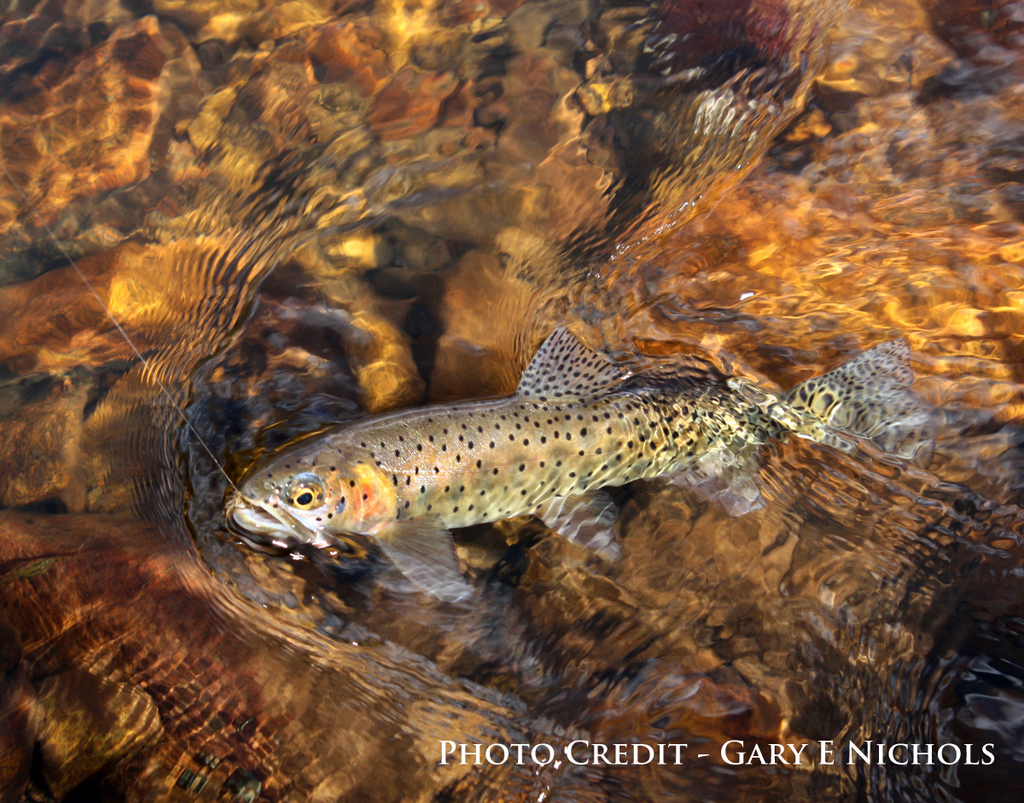
It’s no secret that Colorado’s South Park basin is one of the premier trout fishing destinations in the United States. A devoted fisherman could spend years exploring the major rivers, creeks and reservoirs, and still only scratch the surface of fishing possibilities in the valley.
When most people think of fishing in South Park, a long list of well-known and extremely productive fisheries come to mind: The South and Middle Forks of the South Platte, Tarryall, Jefferson, and Michigan Creeks, and the Antero and Spinney Reservoirs. For the most part, these fisheries are easily accessible from the valley’s major highways, and, even with the most basic fishing skills, guarantee at least a few decent-sized browns and rainbows. However, easy access plus hungry fish usually equals crowds.
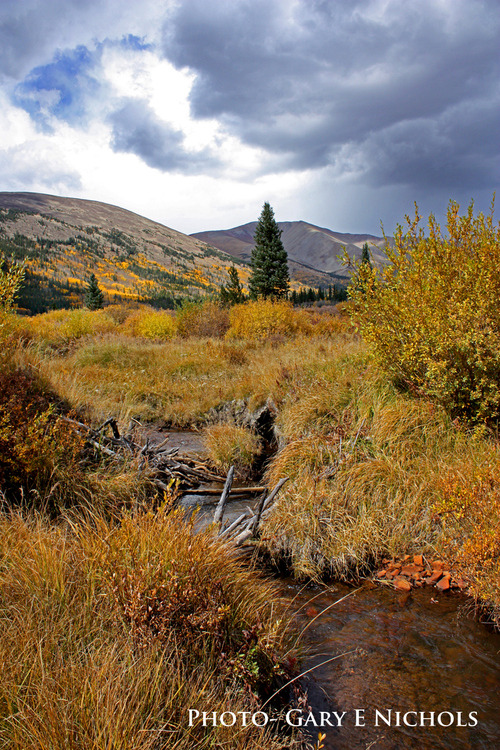
While I’ve never encountered crowds in South Park to rival the mobs of fishermen that descend on Rocky Mountain National Park during the summer months, it is rare to have one of the major fisheries all to yourself. However, if you’re willing to step off the beaten path and put in a little work, there are numerous opportunities to find both hungry fish and solitude.
One of my favorite hidden gems is upper Trout Creek, located in Pike National Forest, at the base of southeast ridge of Mount Silverheels. I had the good fortune to discover this creek because of my work listing and marketing Red Hill Ranch, a 2,080-acre property that borders the National Forest and upper Trout Creek. As you can see in the photos, the scenery is unbelievable – a meandering creek with abundant willows that backs up to the aspen-covered base of a 13,829-foot mountain. There is a healthy beaver population living in upper Trout Creek, and the numerous beaver dams have created deep pools that allow the trout to survive the cold winters. The most exciting aspect of upper Trout Creek is that it supports Greenback Cutthroat trout, a rare and highly sought-after species.
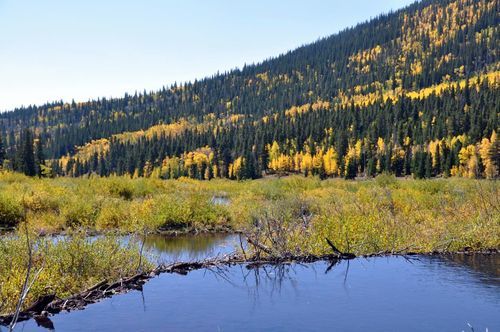
For the general public, there’s no easy way to access upper Trout Creek, unless you have a very high-clearance and super-durable truck. And in my experience, a big truck does not guarantee an easy ride. The forest service road leading to the area is fraught with holes the size of Volkswagens… no exaggeration! But for the devoted fisherman, it is well worth the time and effort to drive as far as you can up the road and hike in the rest of the way.
The current and future owners of Red Hill Ranch, however, have extremely easy access to this relatively unknown fishing spot. From the northwest corner of the ranch, the landowner can simply unlock the gate, walk a few hundred yards and begin reeling in the Greenbacks. Because there are no well-maintained roads to upper Trout Creek, whoever purchases Red Hill Ranch gets the best of both worlds – private use of the deeded acreage for hunting and ranching, and fairly exclusive use of the National Forest for fishing, hiking and horseback riding.
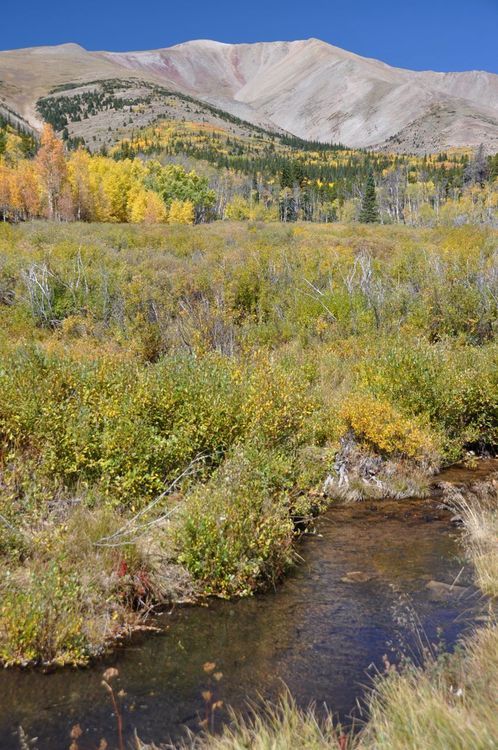
Feel free to get in touch if you’d like more information on upper Trout Creek, Red Hill Ranch, or both. It won’t be long until the snow has melted, and we are back in prime fishing season!
(Thanks to Gary Nichols for the use of a few of his excellent Trout Creek photos)
Public vs Private Lands
I was recently paging through the Atlas of the New West, an interesting book published by The Center of the American West. It’s an older book, published in 1997, yet it still has a great deal of relevant information regarding current issues affecting life in the Rocky Mountains.
This particular illustration caught my eye – a graphical representation of the percent of public lands in each state. While I’ve always known that the Rocky Mountain states have vastly more public lands than their eastern counterparts, I’ve never seen it laid out in this particular manner. Muy interesante!
source: Atlas of the New West, page 58.
Conservation Founding Fathers
I recently came across this informative video produced by the American Museum of Natural History that describes some of Theodore Roosevelt’s* conservation mentors. There’s also some interesting commentary from historian Douglas “I ain’t scared of no two-bit congressman” Brinkley.
In two of my previous posts, I’ve written about some of the folks mentioned in this video, such as George Bird Grinnell and Gifford Pinchot. If you’ve got an extra 5 minutes to spare and have an interest in the history of conservation in the United States, check it out:
*Sorry for the incessant TR posts**, but, more times than not, he’s the centerpoint of any conversation about conservation history.
**Actually, I’m not sorry. There’s no one I’d rather read and write about than TR.
Hilarious Theodore Roosevelt Quote
As I’ve mentioned before, I have a slight obsession with reading and learning about Theodore Roosevelt. Given the large number of books, letters, and speeches that TR produced throughout his life (35+ books, 150,000+ letters, 1000s of speeches), there are plenty of memorable quotes attributed to him – “Speak softly and carry a big stick,” “The man in the arena,” “The square deal,” just to name a few.
Recently, while reading TR’s 1885 book “Hunting Trips of a Ranchman,” I came across a hilarious quote regarding, of all things, his intense hatred of those “bleating idiots” known as sheep:
“Cattle-men hate sheep, because they eat the grass so close that cattle cannot live on the same ground. The sheep-herders are a morose, melancholy set of men, generally afoot, and with no companionship except that of the bleating idiots they are hired to guard. No man can associate with sheep and retain his self-respect. Intellectually a sheep is about on the lowest level of the brute creation; why the early Christians admired it, whether young or old, is to a good cattle-man always a profound mystery.”
The man definitely hates sheep. As well as anyone who associates with sheep. I wouldn’t even wear a wool sweater around this guy. Knowing the TR dictated many of his books, I laugh even harder when I picture him yelling and screaming about his hatred of domestic sheep, while some poor assistant tries to frantically capture the deluge of furious words spilling out of his mouth. No one can ever try to claim that TR wasn’t passionate!
Anyway… For those looking to learn more about TR’s time in the Badlands and his other western adventures, I do recommend Hunting Trips of a Ranchman. It’s facinating to read his firsthand impressions of hunting, wildlife and life on the western frontier in the late 1800s. However, knowing that TR was quite the self-promoter and had the habit of leaving out some of the less-than-flattering details of his exploits, you may also want to check out Theodore Roosevelt in the Badlands by Roger Silvestro. It presents a more complete picture of TR’s time in the west, and gives the interesting backstory regarding why he chose to walk away from a career in politics to pursue life as a Ranchman.
Happy Thanksgiving!
Southern Colorado Conservation Awards
In early October, I made my way down to Colorado Springs for the third annual Southern Colorado Conservation Awards, hosted by the great folks at Palmer Land Trust. Since 1977, the Palmer Land Trust has conserved over 70,000 acres of ranch land and wild places, making them the largest local, private land trust in the United States.
The evening consisted of great conversation with individuals working in the Colorado conservation community, followed by an excellent dinner prepared with local food, and, most importantly, the awards ceremony. As part of the awards ceremony, the award winners were profiled in short films that had been produced by Emmy Award-winning filmmaker Ginger Kathrens.
Rather than try to explain all the great work that this year’s winners have done, I’ll let you check out the four videos below. Congratulations to all the winners, and thanks to Palmer Land Trust for a great evening!
Conservation Properties & Conservation Easements
Check out my most recent posting on the Mirr Ranch Group blog – Case Study: Conservation Properties. In it, I give a brief overview of how conservation easements can be used to enhance a ranch’s conservation, agriculture, and development characteristics. I also discuss one of our listings, The Preserve, that has successfully conserved a portion of the ranch, while also retaining and improving its agricultural and development potential.
On the Road & In the Mountains
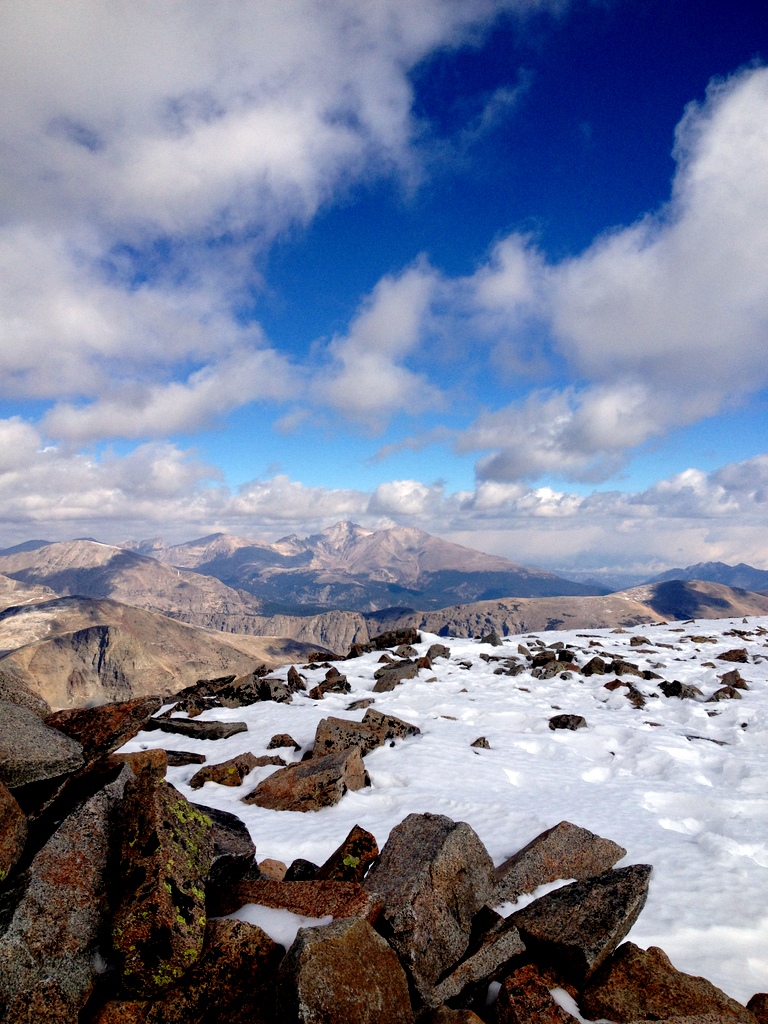
I’ve been on the road a good bit over the last few weeks – Visiting some of our ranches in South Park and spending time in the Arkansas River Valley for a few meetings. Winter is definitely closing in… most of the aspens have lost their leaves, and snow is starting to accumulate on the mountain tops.
Despite the travel, I’ve managed to make it up high in the mountains twice in the last week. A buddy and I spent a cold and windy Saturday morning on Mount Audubon (13,221 ft) in the Indian Peaks Wilderness. Thanks to rainy/snowy weather down low and blustery winds up high, we had the entire mountain to ourselves:
Last Friday, I was heading back to Boulder after a day in Leadville. With about 3 hours of daylight to spare, I made the last minute decision to head up Grays Peak (14,270 ft). With its easy access right off I-70, it’s a fun 14er to do when you’ve got limited time. It was snowing pretty intensely for most of the way up, but it cleared up just as I reached the summit:
Enjoy the photos below!
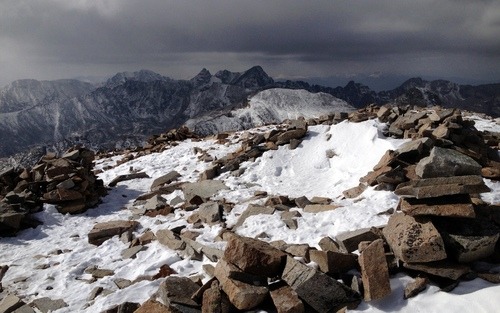
Summit of Mount Audubon
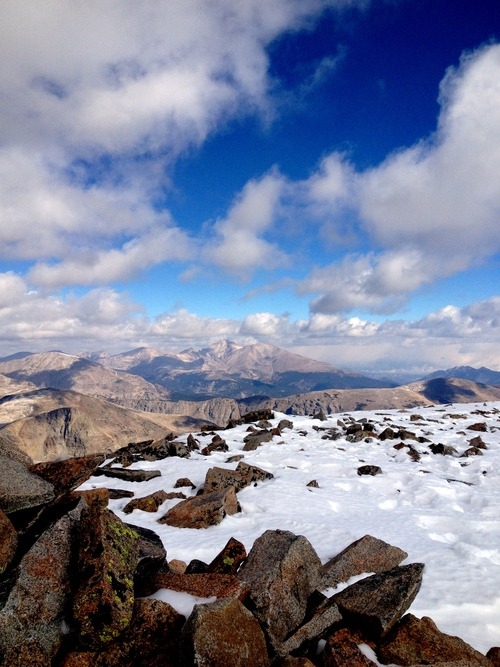
Summit of Mt. Audubon, looking north toward Longs Peak.
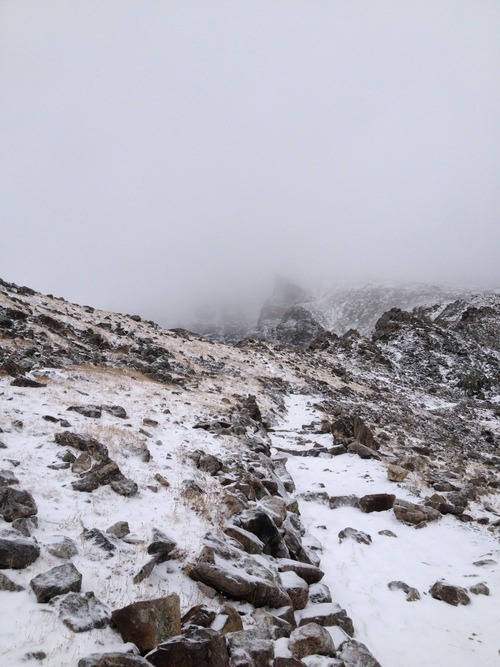
Heading up Grays Peak in snowy conditions.
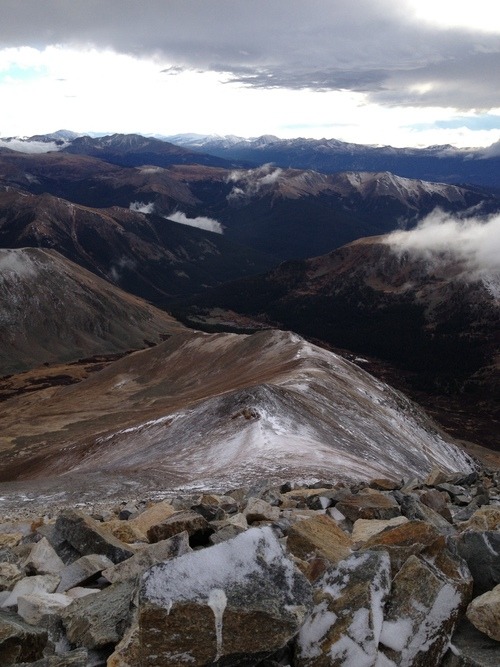
Summit of Grays Peak.. it cleared up just in time for me to enjoy the late afternoon view from 14,000 feet.
Buffalo Books

More information than you probably ever wanted to know about the American Bison
Back when I lived in Jackson Hole, I would start many of my summer mornings with a 30-mile bike ride before work. I’d head north out of town toward Grand Teton National Park, take a right towards Kelly, loop around the Blacktail Butte, pass that iconic barn you see on all the post cards, and head back to town with the Tetons to my right.
More mornings than not, I would encounter buffalo, officially known as the American Bison. Most of the time, they’d be off grazing in the distance, but every once and a while, they’d be close by – crossing the road or simply standing there, blocking the road. Initially, I would stop, patiently wait, and they’d eventually move on. Several times, they’d just stand there staring at me, showing me who’s boss, and I’d eventually give up, turn around, and ride home. I didn’t know much about them or their demeanor… I just knew that they were massive, had sharp horns, and could make quick work of a skinny guy in spandex if so inclined.
Over time, I developed a theory that, in hindsight, was based on no facts whatsoever and also turned out to be pretty damn dangerous. It went like this: If a buffalo was standing in the road, facing away from me, I could pedal as hard as possible and pass by him at 40 mph. By the time he saw me, the theory went, I would be long gone. I successfully performed this feat multiple times, getting within several feet of the buffalo. So close, in fact, that I could smell them.
Several years later, I read Steven Rinella’s excellent book American Buffalo: In Search of a Lost Icon and realized just how flawed my silly buffalo/biking theory was. My theory was based on the idea that buffalo have the same field of vision as a human (about 180 degrees), which would allow a spandex wearing nerd on a bike to “sneak up” on them. But according to Rinella, they have a 330-degree of vision, which means that unless you were standing directly, and I mean directly, behind them, the buffalo would see you.
In other words, there’s pretty much no way to sneak up on a buffalo. Their exceptional field of vision partly explains why they dominated the western North American landscape for thousands of years; no predator could effectively sneak up on them without at least one member of the herd detecting it. What it doesn’t explain is why those buffalo outside of Jackson Hole didn’t just turn around, throw me off of my bike and let me have it.
———————
Now to the books….
If you have an active interest in American Western history, then you need to know about the buffalo. They are fascinating creatures, and their story is both tragic and inspiring. They are unbelievably adaptable to the America’s landscape and climate, and, before European settlers arrived, there were between 60 and 100 million buffalo roaming North America. The only predator that proved too much for the buffalo was the human, specifically the human with a gun. During the late 1800s, years of systematic, unregulated hunting decreased the bison from tens of millions to approximately 800 animals.
Enter George Bird Grinnell and his team of conservationists, who battled with the federal government, as well as the American public, to save the buffalo from complete extinction. Grinnell’s fight for the buffalo, as well as his leadership and advocacy for the existence of National Parks in the United States, is detailed in Michael Punke’s Last Stand: George Bird Grinnell, the Battle to Save the Buffalo, and the Birth of the New West.
Inspired by visionaries like John James Audubon and empowered by bold leaders like Theodore Roosevelt, Grinnell used his power as an author, as well as the power of his political connections, to effectively bring the idea of conservation to the mainstream. Without Grinnel and his team, there would possibly be no buffalo and no Yellowstone National Park (or any National Parks for that matter). Last Stand is not just about the American Bison. It is a book about the history of conservation and the heroes and villains of the 19th century who played a role in making the western United States what it is today.
If you are looking for even more intriguing information on buffalo wrapped in an awesome adventure narrative, I recommend the aforementioned American Buffalo. It follows Outside Magazine writer and hunting extraordinaire Steven Rinella as he goes on a buffalo hunt in Alaska. Rinella draws one of the very few coveted buffalo tags issued by the government and sets out on an adventure into the Alaskan wilderness to hunt a truly wild buffalo. He travels by pack raft and on foot, part of the time with a buddy and part of the time completely solo, through grizzly territory to bag one of these creatures. Even if you are not a hunter, you will most likely enjoy this book, as Rinella has a conservationist mentality and the highest hunting ethics.
Between these two books, you’ll have more information on buffalo than you ever could possibly need. You’ll have a greater appreciation for folks like Ted Turner, who have taken an interest in this iconic animal and invested time, money, and resources into seeing that the American Bison continues to thrive in North America. Heck, you may even decide to buy my Hartsel Springs Ranch listing – a 17,000-acre buffalo ranch in the historic South Park basin of Colorado (photo below). At the very least, you’ll avoid coming up with any half-baked theories about sneaking up on buffalos from behind on a bike.
Book Review – The Wilderness Warrior
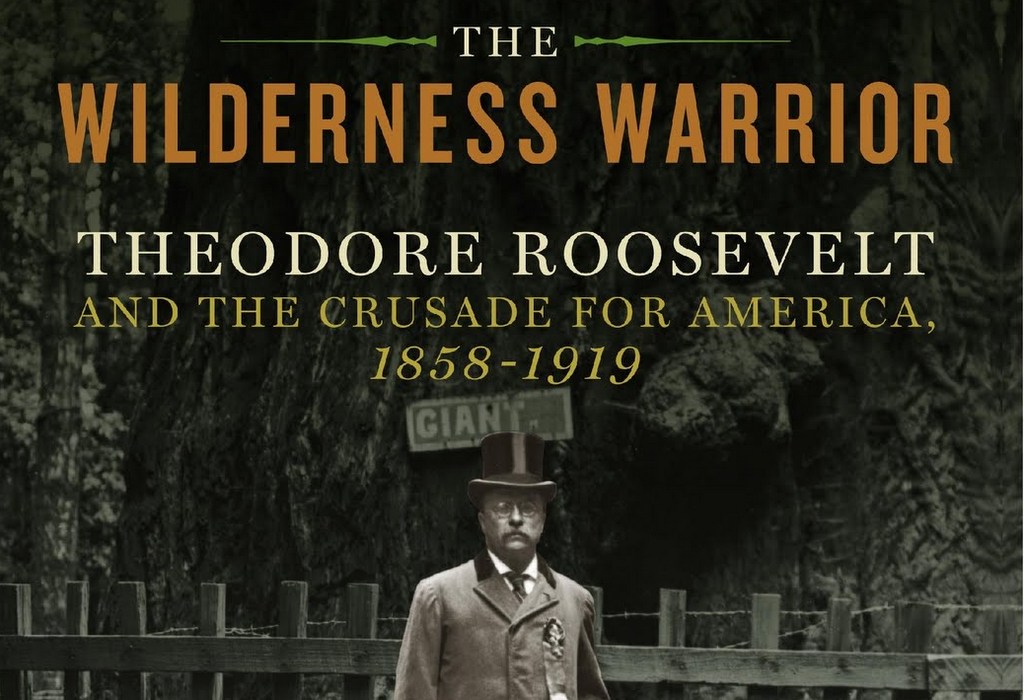
It is a running joke among my close friends and family that I have a fanatic, somewhat obsessive, level of admiration for Theodore Roosevelt. Ever since I first read Edmund Morris’s Pulitzer Prize winning The Rise of Theodore Roosevelt, I’ve been completely enamored (okay… obsessed) with T.R. and his amazing life story.
Everyone knows that he was President of the United States, but, in my opinion, that is one of the leastinteresting parts of this man’s life. He was a naturalist, a boxer, a historian, an author, a war hero, a big game hunter, a cowboy, a frontier town deputy sheriff, the New York City Police Commissioner, and a jungle explorer.
The following anecdote sums up T.R.’s toughness, as well as the interestingness of his life:
During a campaign appearance in 1912, he was shot in the chest by a lunatic anarchist. Luckily, T.R.’s steel glasses case and 50-page speech slowed the bullet enough so that it stopped when it hit his rib, just short of his lungs and heart. Although his life had been spared, he was left with a bloody, serious open chest wound, as well as a bullet lodged permanently in his rib.
Instead of being whisked away by the secret service to the nearest hospital, T.R. got up off the ground and grabbed the assassin by the head so that he would look the man in the eyes. Then, still refusing medical treatment, T.R. composed himself and gave a 90-minute speech! He acknowledged the expanding bloodstain on his shirt by telling his audience “I have just been shot; but it takes more than that to kill a Bull Moose!
I could go on and on, but back to the book recommendation…
—-
Recently, I read Douglas Brinkley’s Wilderness Warrior – Theodore Roosevelt and the Crusade for America, which focuses exclusively on T.R.’s conservation work throughout his life and presidency. The books is fascinating because it not only chronicles all of the national parks, forests, and monuments that T.R. created during his presidency, but it gives the reader a deep understanding of exactly why T.R. had such a love for America’s wild places.
Over 817 pages, Brinkley describes a young Theodore collecting birds around his family’s property, learning taxidermy, and creating a small museum to house all of his specimens. We learn about his adventures as a teenager in the wilderness of Maine, hunting, trapping, and snowshoeing around the wilderness for weeks at a time. As a young man he ventured out west to the Dakota territories to hunt, eventually become a full time rancher.
The reader also discovers that the wilderness, particularly the western landscapes, were not only a place of adventure and recreation for T.R., but a place of healing. After his mother and wife died on the same day in 1884, T.R., completely overwhelmed with grief, retreated to the west to reevaluate his career and his life. After several years exploring, hunting down fugitives, and cattle ranching, he returned east with a new focus and energy for public service.
We learn of the deep (and sometimes contentious) friendships that T.R. shared with many of the world’s leading conservationists including John Muir, John Burroughs, and George Bird Grinnell. We gain insight into T.R.’s influences (Audubon and Darwin), as well as the people who he influenced (Gifford Pinchot).
Known as the “Naturalist President,” T.R. spent a great deal of time and resources to conserve the land and resources that make America so special. He believed that America’s wild landscapes such as the Grand Canyon and the Redwood Forests were superior to and more impressive than any of Europe’s ancient architecture or artwork. “A grove of giant redwoods or sequoias should be kept just as we keep a great and beautiful cathedral.”
During his presidency (1901-1909), T.R. conserved about 230 million acres of land. He created or expanded 150 National Forests, 51 Federal Bird Reservations, 6 National Parks, and 18 National Monuments. Keep in mind, he did all of this conservation work while simultaneously building the Panama Canal, busting trusts, winning the Nobel Peace Prize, ending labor riots, and, as mentioned above, taking a bullet in the chest.
—-
It is interesting to note how the United States’ approach to land conservation has changed over the last 100 years.
From 1901-1909, T.R. believed that the Federal Government knew best how to protect and conserve America’s natural resources. T.R. viewed conservation as essentially a battle between himself (the Federal Government) and the private sector (the timber barons and mining industry).
Fast forward to the 1980s: Thanks to the emergence of conservation easements as a viable method of conserving land in perpetuity, private citizens, and even big corporations have the ability to conserve property more effectively than even the government. While there is always the chance that the government could sell portions of its forest reserves to timber or mining companies as a quick way to produce revenue, land that has been protected by an easement is protected forever.
One can only speculate, but I would guess that T.R. would be a big fan of conservation easements as a tool to preserve American landscapes.
As a person with both a professional and personal interest in Colorado land conservation, I highly recommend The Wilderness Warrior. It’s a monster of a book but is packed full of great information. Anyone who is interested in the history of land conservation should definitely invest some time and read it.

